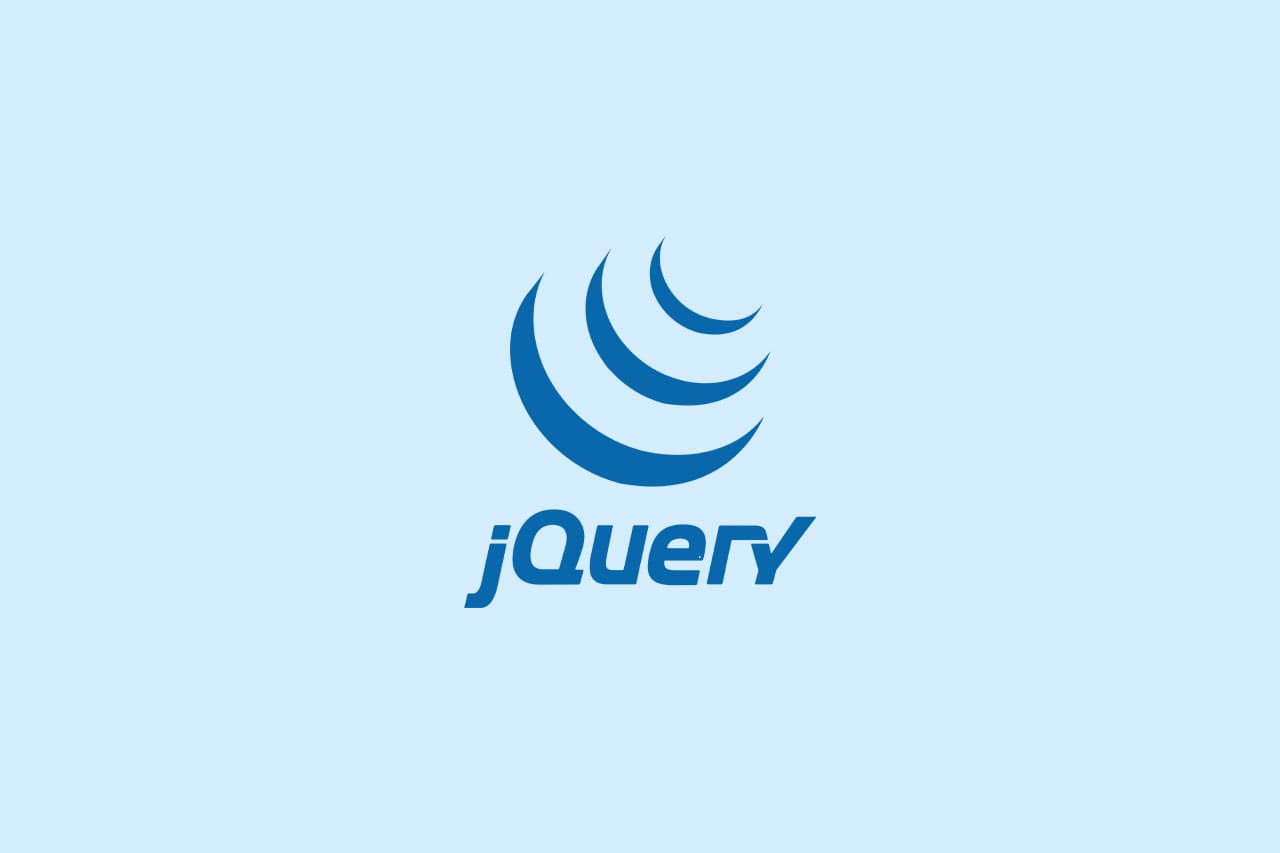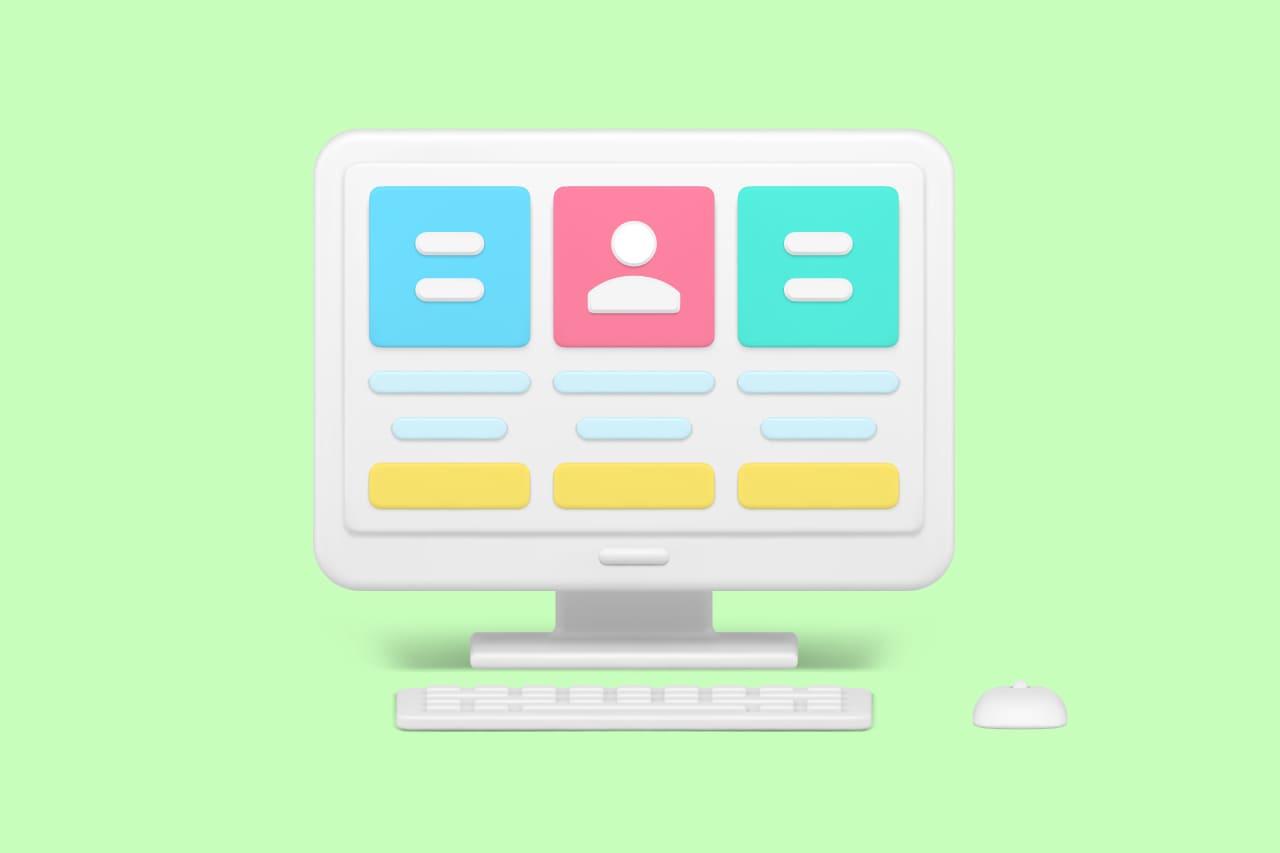What Are the Features & Advantages of jQuery in 2024

In the dynamic world of web development, staying ahead of the curve is essential. Technologies evolve rapidly, and developers are constantly on the lookout for tools that streamline their workflow, enhance user experience, and make their websites more interactive. One such tool that has been a game-changer in web development is jQuery.
jQuery is a speedy, compact, and comprehensive JavaScript framework that streamlines HTML document navigation, event management, animation, and Ajax communication for swift web development. Introduced in 2006 by John Resig, jQuery has become one of the most widely used JavaScript libraries, powering millions of websites worldwide.
In this blog, we’ll delve into the various aspects of jQuery, its features, advantages, and how it can supercharge your web development projects.
Getting Started with jQuery
One of the key advantages of jQuery is its simplicity and ease of use. You can start using jQuery by including the jQuery library in your HTML file, either by downloading it locally or linking to a CDN. Once included, you can start writing jQuery code to manipulate DOM elements, handle events, and perform animations with just a few lines of code.
<!DOCTYPE html>
<html lang="en">
<head>
<meta charset="UTF-8">
<title>My jQuery Website</title>
<script src="https://code.jquery.com/jquery-3.6.0.min.js"></script>
</head>
<body>
<h1>Hello, jQuery!</h1>
<script>
// jQuery code goes here
$(document).ready(function(){
$("h1").css("color", "blue");
});
</script>
</body>
</html>
DOM Manipulation Made Easy
Manipulating the Document Object Model (DOM) is a fundamental aspect of web development. With jQuery, DOM manipulation becomes incredibly simple and intuitive. Whether you want to select elements, modify their attributes, change their content, or insert new elements into the DOM, jQuery provides concise methods to accomplish these tasks.
// Selecting elements and modifying attributes
$("p").addClass("highlight").css("font-size", "20px");
// Changing content
$("#myDiv").html("New content here
");
// Inserting elements
$("ul").append("Event Handling
Handling user interactions such as clicks, mouse movements, or keyboard inputs is crucial for building interactive web applications. jQuery simplifies event handling by providing methods to attach event listeners to DOM elements and execute code in response to these events.
// Click event
$("button").click(function(){
alert("Button clicked!");
});
// Mouseover event
$("img").mouseover(function(){
$(this).css("opacity", "0.5");
});
Animation and Effects
Adding animations and effects to your website can significantly enhance its visual appeal and user experience. jQuery offers a wide range of built-in animation methods to create stunning effects with minimal effort.
// Fade in animation
$("#myElement").fadeIn();
// Slide up animation
$(".box").slideUp();
// Custom animation
$("#animateMe").animate({left: '250px'});
AJAX Interactions
Asynchronous JavaScript and XML (AJAX) enable websites to fetch data from a server without reloading the entire page, leading to faster and more dynamic user experiences. jQuery simplifies AJAX interactions with its $.ajax() method, making it easy to fetch data, send data to a server, and handle responses asynchronously.
// AJAX GET request
$.ajax({
url: "/my/url-path",
method: "GET",
success: function(data) {
console.log(data);
}
});
To read more about what is AJAX & how to implement it, refer to our blog What is AJAX & How to Implement It
Conclusion:
In conclusion, jQuery stands as a cornerstone in the ever-evolving landscape of web development. Its inception in 2006 marked a paradigm shift, offering developers a robust and intuitive framework to craft dynamic and engaging web experiences. As showcased throughout this comprehensive guide, jQuery’s versatility shines through its ability to simplify DOM manipulation, streamline event handling, enrich user interfaces with animations and effects, and facilitate seamless AJAX interactions.
Moreover, jQuery’s widespread adoption and extensive community support have solidified its position as an indispensable tool for developers worldwide. Whether you’re a seasoned professional or just starting your journey in web development, mastering jQuery can significantly enhance your productivity and empower you to create captivating websites that resonate with users.
As we look ahead, the role of jQuery remains pivotal, serving as a foundational element in the toolkit of web developers. Its timeless principles of simplicity, efficiency, and accessibility continue to inspire innovation and drive the evolution of web technologies.
So, don’t hesitate to embark on your jQuery journey today. Embrace its power, explore its vast capabilities, and unleash your creativity to build immersive web experiences that captivate and delight users. With jQuery by your side, the possibilities are limitless, and the future of web development is brighter than ever.




